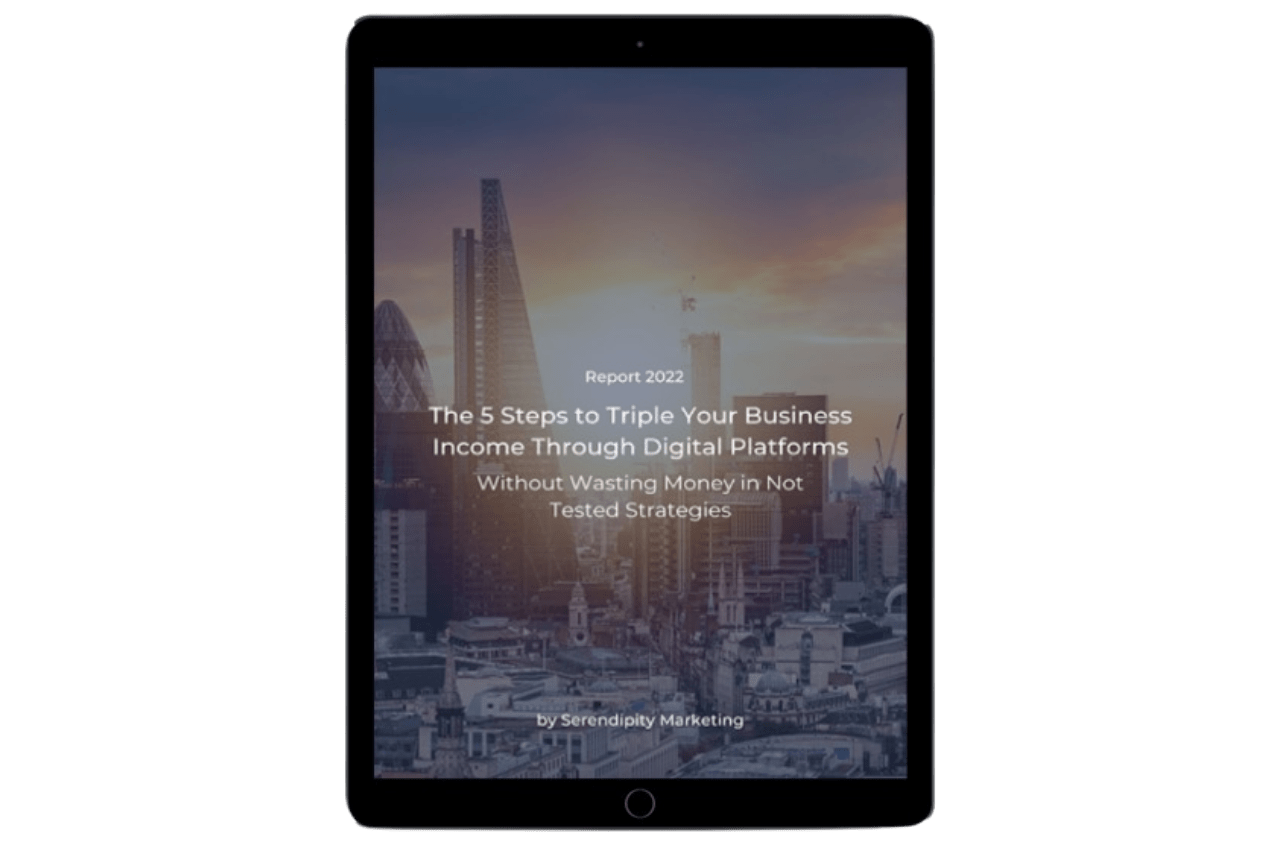eCommerce SEO marketing is competitive. Google wants you to spend money on paid advertising.
So how do you rank your set organically without spending money on paid ads?
In this article, we are going to show you how to bring organic traffic to your online store without spending money on ads.
Hi there, and welcome back to SM Agency. We're a digital marketing agency with a mission to help small businesses grow by applying psychology to their marketing strategies.
Before we get started, please go ahead and follow us on LinkedIn or Instagram.
Before we get started, we have a question for you. How many visitors do you have per month going to your eCommerce site? Leave a comment below with the number, and your URL, so that way, we can go back and see if you're improving over time and see if you're leveraging these tactics.
So, let’s go straight to the point.
1. Identify how people search for you
Step one is to identify how people are searching for your products on Google.
You got to do keyword research and you can use a free tool called Ubersuggest for it.
So, look at the products that you're selling, type them into Ubersuggest, and it'll give you suggestions for all the other keywords that people are typing in.
Some of them will be more popular than your keywords, and some of them will be less popular.
But it'll give you an idea of what people are looking for.
If you don't know what people are looking for, how do you know what to optimise your pages for?
So, this is the first step that you’ll want to follow.
2. Look at your competitors
The second eCommerce SEO step we want you to follow is to look up your competitors.
Here again, you can use Ubersuggest. Just type in their URL and go to the Top Pages section.
The Top Pages section shows you all their pages, more so, that are ranking in Google, the keywords that each of those ranks for, and who's linking to them.
This is important because when you have similar products, you want to be able to hit up those people and ask them to link to you.
You also want to look at what keywords you're targeting so you can make sure you're targeting the same keywords.
Then, we want you to go to the Keywords Report in the Traffic Analyzer. The Keywords report shows you a laundry list of all the keywords that are ranking for them, from the most popular to the least popular.
This again will help you figure out what keywords you should be targeting.
Without this, you won't know where to focus your attention on.
3. Optimise your product pages
eCommerce SEO step number three, we want you to optimise your product pages for those keywords.
We are talking about including those keywords in the title tag, and the meta description, within your product description.
It needs to be everywhere, and use H1 tags.
By doing that, search engines will know that you're targeting those keywords.
4. Optimise user experience
The next step is to optimize your pages, especially the product pages, for user experience.
What we mean is that everyone thinks about eCommerce SEOs like the fact that they need to build links, and pop in keywords.
Yes, that is important. But if people get a terrible experience, they're going to leave your site.
And if they leave your site, they're not going to come back.
Google is going to notice a high bounce rate and your rankings are going to tank, or in some cases, they're never going to go up because you weren't ranking in the first place.
That’s why you will want to optimise the user experience.
Have beautiful images, have videos that showcase your product. Have reviews, whether they're good or bad, just reviews that are transparent.
All these things help improve the user experience, help you build trust, and help you get more sales in the long run.
This also helps you rank higher.
Alright, now before we move on with the next eCommerce SEO strategies for high web traffic, have you ever thought about how much you should invest in marketing to generate constant business growth? Click the button below to calculate the ideal marketing budget you should allocate for higher visibility, engagement, and profit.
5. Link building
The next eCommerce SEO step is that you have to build links.
To do this, you can use again the Ubersuggest tool. Again, take your competitors' URLs and check in the tool what sites link to them.
At this point, you’ll want to hit up each of those sites and send them an email that goes something like this
"Hey John, I noticed you link to X, Y, and Z site and I have a similar site with a similar product. You can check it out here. Mine also covers one, two, and three that theirs didn't, which provides a much better user experience for the audience. If you like it, feel free to link to it. Cheers."
It's that simple.
Most people are going to ignore you, but you're going to get a lot of links when you do that.
6. Constantly update your pages.
Here's the thing that no one really talks about in Google's algorithm. Do you know what one of the biggest factors is? How fresh is your content? Have you noticed that Wikipedia continually ranks?
It's because they constantly have people updating their content and their pages.
If you're not doing that, you won't rank as high.
So, make sure your content is up to date in order to give users the best value possible.
Google will notice it and help you rank higher, alongside becoming a top go-to authority that users can rely on.
7. Interlink your products
If someone has a car mat and that's what they buy from your site and you're like an auto eCommerce site selling all these car products, someone buys a car mat, you know that they're worried about getting their car dirty or they want it to weatherproof.
So, you may end up selling them things like a car cover. So, find all the relevant things that are related to that car mat or any of the other products that you sell.
Crosslink them, cross-promote them together.
Not only does that help increase total cart size, but it also helps increase the linkages that are flowing to all your pages, so they all end up ranking better.
8. Mobile responsivity
The next eCommerce SEO step is to make sure your site is mobile compatible. And what we mean by mobile compatible, don't just have your site, you know, be responsive and your checkout work on a mobile device.
We talking about having your site also load extremely fast.
If it loads fast, you have good page speed, and what you'll find is your rankings for all mobile drastically increase.
Page speed is more important on mobile from everything that we've tested than on desktop.
So, the mobile experience is not just about responsiveness and the user experience.
It's also about speed. And speed not only improves conversion rates but also improves your rankings.
9. Use schema markups
Last but not least, use schema markups for your product. Doing this will help your rankings.
You'll combine all of this, you'll find that your eCommerce site can rank.
If you need help with your eCommerce SEO or website optimization to grow your business in terms of visibility, engagement, and profit, contact us today and speak with one of our digital marketing experts to see how we can build the bridge between the point you’re standing at right now and your goals.


